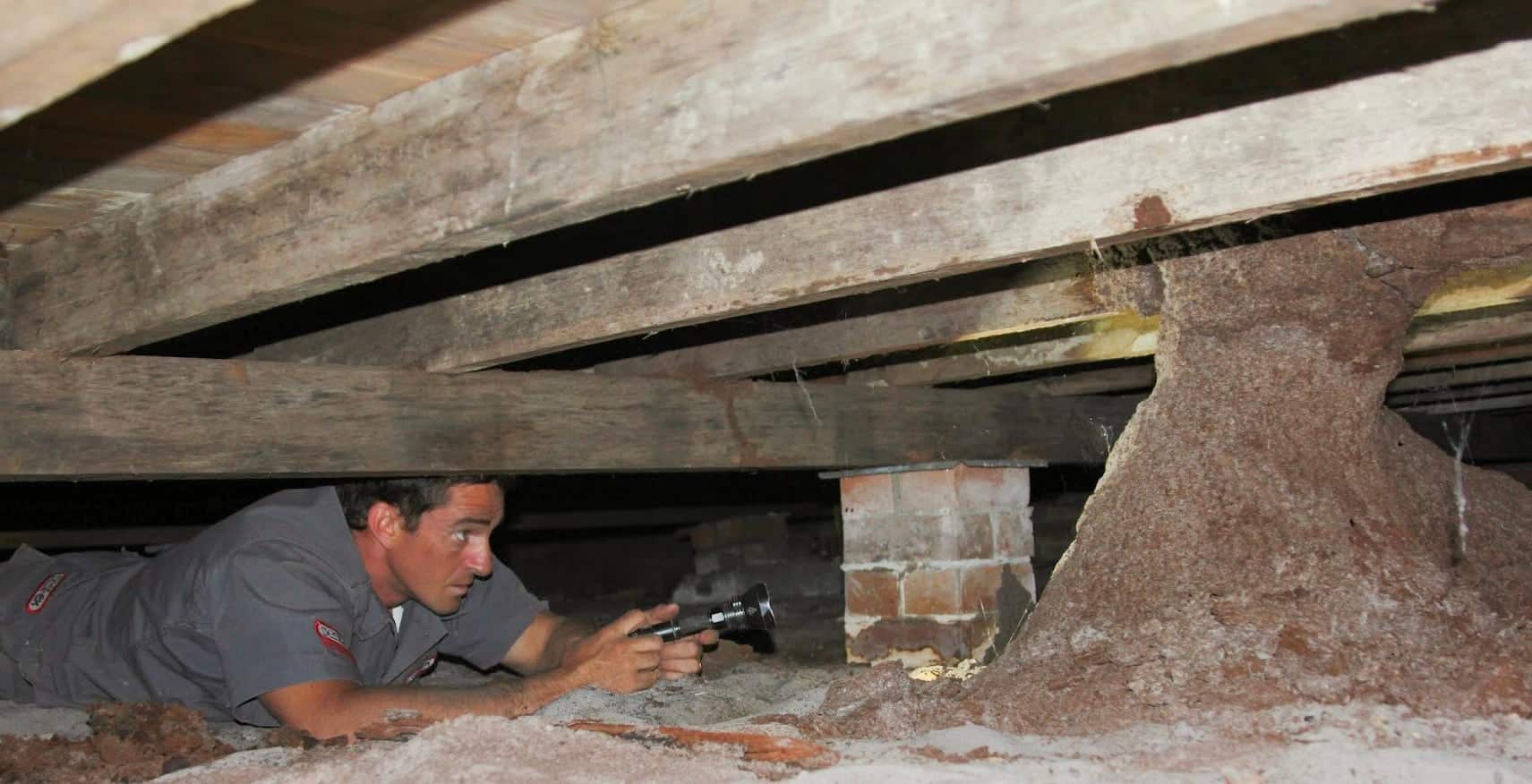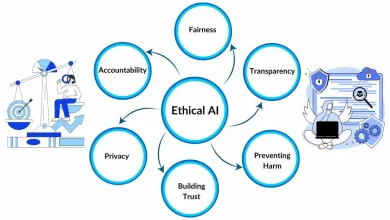Pest infestations are not just a nuisance; in a commercial setting, they can spell disaster. Whether it’s a restaurant, warehouse, retail store, office, or healthcare facility, pests can compromise health and safety, damage inventory, destroy reputation, and even lead to regulatory violations. That’s where commercial pest control becomes a critical component of maintaining a clean, safe, and compliant business environment.
Unlike residential pest management, commercial pest control demands a higher level of expertise, customized planning, ongoing monitoring, and strict compliance with health and safety standards. In this guide, we explore the importance of commercial pest control, common pest threats in different industries, key services offered, and how businesses can establish an effective pest management strategy.
Why Commercial Pest Control Is Essential
Protecting Your Brand and Reputation
Your brand is one of your most valuable assets. A single pest sighting by a customer, especially in the age of online reviews and social media, can significantly harm your reputation. In industries like hospitality or food service, this damage can be immediate and long-lasting. Effective pest control helps preserve customer trust and brand integrity.
Compliance with Health Regulations
Many industries, especially those involving food production, storage, and healthcare, are subject to strict health and safety regulations. Failure to control pests can lead to fines, closures, or lawsuits. Regular commercial pest control services help businesses comply with local, state, and federal regulations and avoid costly legal trouble.
Preventing Damage to Inventory and Property
Rodents, insects, and birds can cause significant damage to stock, equipment, and infrastructure. Termites can weaken wooden structures, rodents can chew through wiring and insulation, and pantry pests can infest food products. Investing in commercial pest control prevents material losses and operational downtime.
Maintaining Employee and Customer Health
Pests such as cockroaches, rats, and flies can spread diseases and contaminate surfaces. Insects like bedbugs or fleas can also cause bites and allergic reactions. Keeping your workspace pest-free contributes to a healthier environment for employees and customers alike.
Common Pests in Commercial Spaces
Rodents (Rats and Mice)
Rodents are particularly problematic in warehouses, food service areas, and office buildings. They gnaw through materials, contaminate food, and spread diseases such as salmonella and hantavirus.
Cockroaches
Found in kitchens, bathrooms, and storage areas, cockroaches thrive in dark, warm environments. They carry bacteria, can trigger asthma, and are incredibly resilient if not professionally treated.
Flies
Fruit flies, drain flies, and houseflies are common in restaurants and food processing facilities. Flies contaminate food and surfaces, spreading bacteria wherever they land.
Termites
While often associated with residential properties, termites can also affect commercial buildings, especially those with wooden components. They silently weaken structures over time, making routine inspections essential.
Ants
Ants can be a nuisance in offices, restaurants, and stores. Some species, like carpenter ants, can even damage wooden structures, while others contaminate food sources.
Birds
Birds like pigeons can damage rooftops, signage, and HVAC systems with their nesting and droppings. Their presence also poses sanitation concerns.
Stored Product Pests
Grain beetles, weevils, and moths infest stored foods in warehouses, grocery stores, and processing plants. These pests result in product recalls, financial losses, and damaged brand reputation.
Industries That Need Commercial Pest Control
Hospitality and Food Service
Restaurants, hotels, and cafes are highly vulnerable to pests due to the constant availability of food and waste. A structured pest management plan is critical for these businesses to remain compliant and maintain a clean image.
Warehouses and Logistics
Storage facilities must be protected from rodents and insects that can contaminate products and damage packaging. Large spaces require strategic pest monitoring and control methods.
Healthcare Facilities
Hospitals, clinics, and aged care homes must maintain the highest hygiene standards. Even minor infestations can pose serious health risks to patients and staff.
Retail and Shopping Centers
Retail outlets, especially those selling groceries or clothing, must protect merchandise from moths, rodents, and insects. A clean, pest-free space also enhances the customer shopping experience.
Offices and Commercial Buildings
While less prone to severe infestations, office buildings still need pest control to deal with common intruders like ants, cockroaches, and rodents, which can compromise employee comfort and sanitation.
Key Components of a Commercial Pest Control Program
Site Inspection and Risk Assessment
Every commercial pest control service begins with a detailed site inspection to identify pest entry points, food sources, nesting areas, and sanitation issues. This assessment is critical for customizing a plan that addresses the unique challenges of each business.
Integrated Pest Management (IPM)
Integrated Pest Management is the gold standard in commercial pest control. IPM is a holistic approach that combines prevention, monitoring, and targeted treatments to minimize the use of chemicals. It emphasizes:
-
Sealing entry points and improving sanitation
-
Monitoring pest activity with traps and sensors
-
Using baiting and exclusion methods before resorting to pesticides
-
Applying eco-friendly treatments when necessary
-
Regularly reviewing and adapting the strategy
Customized Treatment Plans
A one-size-fits-all approach doesn’t work in commercial pest control. Treatment plans should be industry-specific, site-specific, and consider the operational schedule of the business. Some businesses may need nighttime service to avoid disrupting customers, while others may need weekend treatments.
Ongoing Monitoring and Reporting
After treatment, pest control professionals will continue to monitor for signs of pests. Reports and documentation are crucial for auditing and regulatory compliance, especially in highly regulated industries.
Emergency Response
In the event of a pest outbreak, immediate action is essential. A reliable commercial pest control provider offers fast emergency services to contain and eliminate the issue before it affects business operations.
Technologies Used in Modern Commercial Pest Control
Electronic Rodent Monitoring
Smart traps send alerts to pest managers when a rodent is captured, allowing for quicker response times and reduced manual inspections.
Thermal Imaging
Thermal cameras detect heat signatures from hidden nests, termite activity, or rodents inside walls and ceilings.
Digital Reporting Tools
Many pest control companies now offer customer portals or digital logs, allowing businesses to track inspection results, treatments, and compliance reports in real time.
Non-Toxic Solutions
With the demand for greener practices, many commercial pest control services now include heat treatments, pheromone traps, and biological controls as alternatives to traditional pesticides.
Best Practices for Business Owners
Keep the Premises Clean
Food debris, standing water, and clutter provide ideal breeding grounds for pests. Enforcing strict cleanliness protocols, especially in kitchens and break rooms, can significantly reduce risk.
Train Employees
Educate staff on spotting early signs of infestation such as droppings, chewed materials, or insect sightings. Encourage them to report issues promptly.
Seal Entry Points
Cracks, vents, doors, and windows should be properly sealed to prevent pests from entering. Regular building maintenance plays a vital role.
Schedule Routine Inspections
Even if there’s no visible infestation, regular professional inspections can detect potential problems before they escalate.
Choose the Right Pest Control Partner
Select a commercial pest control provider with:
-
Industry-specific experience
-
Licensing and insurance
-
Transparent pricing and service agreements
-
Eco-friendly options
-
Positive reviews and client testimonials
Benefits of Commercial Pest Control Services
-
Risk Mitigation: Avoid fines, shutdowns, or lawsuits
-
Reputation Protection: Keep customer trust intact
-
Product Preservation: Reduce losses due to contamination or damage
-
Improved Hygiene: Create a safer environment for staff and clients
-
Cost Efficiency: Proactive control is more economical than dealing with infestations
-
Regulatory Compliance: Meet all health, safety, and industry-specific standards
The Cost of Commercial Pest Control
Costs depend on the size of the premises, the type of pests involved, and the frequency of service. Monthly pest control contracts are common, with prices starting from a few hundred dollars for small businesses and going up significantly for large, complex facilities. While it’s an ongoing expense, it’s far more affordable than dealing with infestation-related losses, closures, or litigation.
Conclusion: A Crucial Investment for Every Business
Commercial pest control is more than just an operational necessity—it’s a proactive investment in your business’s health, safety, and reputation. In today’s competitive marketplace, even a minor pest problem can lead to lost customers and regulatory trouble.
A comprehensive pest management plan tailored to your business’s needs ensures that your operations run smoothly and your brand remains protected. From preventing infestations to ensuring compliance and customer satisfaction, professional pest control is an essential partner in any successful business strategy.





